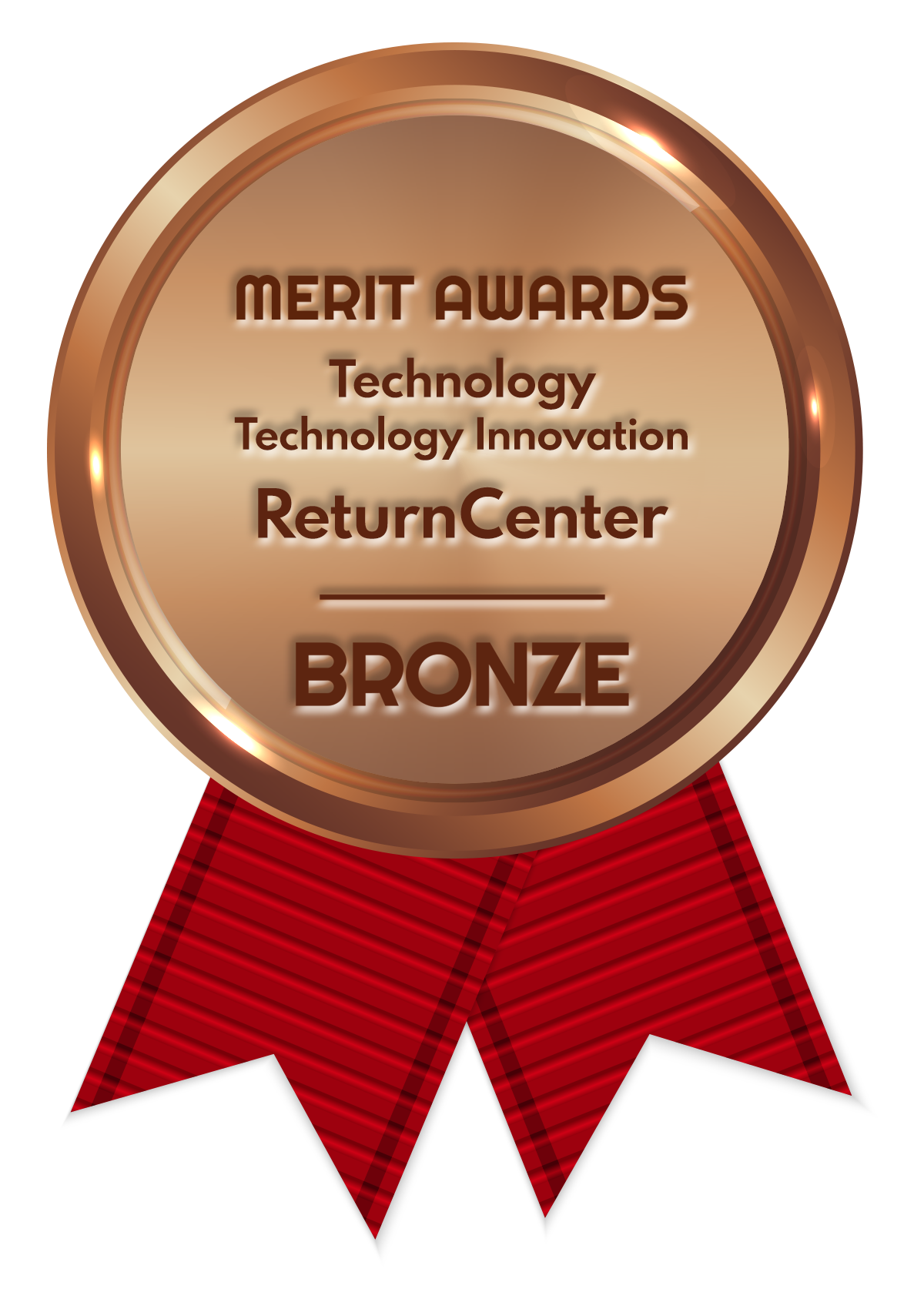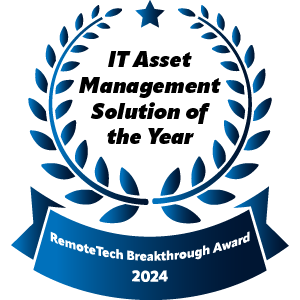Remote work is here to stay, bringing new responsibilities for HR managers. One of their most urgent tasks is managing and recovering the company-owned devices and tools remote employees use. When an employee leaves, transitions roles, or upgrades equipment, companies must have a straightforward process to ensure remote technology’s secure recovery.
Organizations risk data breaches, compliance issues, and the financial impact of lost or unreturned assets without a structured approach. Effective recovery is an IT concern and an essential part of workforce management. This blog post discusses what HR leaders need to know about managing and recovering remote technology across a distributed workforce.
Understanding the Challenges of Remote Technology Recovery
Recovering devices from remote employees may seem straightforward, but it quickly becomes complicated without proper planning. HR managers must navigate various logistical and compliance-related challenges that can disrupt operations or expose the company to risk.
Key challenges to plan for include:
- Geographic Dispersion: Employees may live across multiple states or countries, making return coordination costly and complex.
- Lack of Standardized Processes: Without uniform procedures, return expectations vary, leading to delays and miscommunications.
- Limited Asset Visibility: Inaccurate tracking of issued laptops, phones, and peripherals can result in lost inventory.
- Security and Compliance Risks: Unrecovered devices may contain sensitive data that violates privacy regulations if not properly wiped.
- Employee Disengagement: Offboarded staff have no incentive to return their equipment, especially if it costs them time or money.
Establishing a Comprehensive Remote Technology Recovery Policy
A strong policy is the foundation of any successful recovery remote technology program. HR managers must take a proactive, lifecycle-based approach to technology recovery.
- Define Return Terms in Employment Documents: Include clear clauses in employment agreements or IT policies that specify which devices must be returned, acceptable conditions, deadlines, and any consequences for non-compliance.
- Set Expectations Early During Onboarding: Communicate these policies during orientation and confirm that employees acknowledge the terms. Reinforcement at the start ensures fewer misunderstandings during offboarding.
- Standardize Offboarding Procedures: Provide written return instructions and prepaid shipping labels and set deadlines during offboarding. Clear checklists help employees follow through efficiently.
- Maintain Centralized Asset Logs: Track all assigned remote technology using a shared system. Record serial numbers, return status, and condition notes to streamline coordination between HR and IT. Some companies use ServiceNow for IT asset tracking.
With well-documented policies, companies can reduce friction, ensure compliance, and protect company assets.
Implementing Effective Recovery Processes
Once a policy is in place, HR managers must ensure the actual execution of recovering remote technology is consistent and reliable. This step-driven approach helps eliminate gaps in remote technology recovery. It sets the stage for automation, scalability, and long-term efficiency through dedicated technology solutions.
Follow these steps to standardize the process:
- Maintain a Live Inventory System: Track all remote technology issued to employees by serial number, condition, and assigned user. Centralize and make this data accessible to HR and IT.
- Initiate Return Protocol at Offboarding: Trigger the recovery process as soon as notice is given. Provide clear, written instructions along with return labels or scheduled pickup options.
- Monitor Compliance and Communicate Deadlines: Send automated reminders to ensure devices are returned on time. Escalate if returns are delayed beyond agreed timelines.
- Inspect and Document Returned Equipment: Log condition, note any damage, and confirm whether devices require repair, replacement, or secure data wiping.
Leveraging Technology Solutions
Scaling your recovery process requires the right tools. State-of-the-art solutions help HR and IT teams automate, monitor, and secure device recovery at every stage. Here are some of the key capabilities that you should consider:
- Asset Management Systems: These systems allow you to track issued remote technology by serial number, user, and return status in a centralized platform;
- Automated Offboarding Workflows: Tools like these trigger equipment return notices, provide prepaid shipping labels, and send follow-up reminders without manual effort;
- Remote Security Protocols: These enable remote data wiping and device lockdowns to protect sensitive information if equipment is delayed or unreturned;
- Integrated Dashboards: This is the go-to tool if you’re looking for real-time visibility across departments. They allow HR to coordinate with IT and legal teams more efficiently.
When applied together, these tools create a proactive recovery process, reducing risk, improving accountability, and ensuring compliance at scale.
Collaborating With Third-Party Recovery Services
When internal teams are stretched thin, partnering with specialized vendors can streamline and scale your remote technology recovery operations. The right provider brings infrastructure, logistics, and expertise to the table. These partnerships reduce operational burdens while preserving security and compliance standards.
Here are the benefits of this collaboration:
- Nationwide Logistics Coverage: Schedule pickups or coordinate return shipping regardless of employee location.
- Secure Handling and Data Sanitation: Ensure all returned remote technology is wiped, refurbished, or retired in compliance with corporate policies and regulations.
- End-to-End Chain of Custody: Track every step of the device return process, from retrieval to data destruction.
- Custom Integrations: Align vendor workflows with your HRIS or IT asset management tools for seamless coordination.
Legal and Compliance Considerations
Remote technology recovery carries legal and regulatory implications that HR leaders must navigate carefully. Staying compliant protects the company and its employees during the process.
Here are some legalities to consider when processing tech recovery:
- Data Protection Regulations: Ensure all devices are returned and wiped clean under laws like GDPR, HIPAA, or state-level privacy acts.
- Employee Rights and Consent: Remember to include equipment return policies in all employee documentation. This includes data-handling expectations in signed agreements to avoid disputes.
- Chain of Custody Documentation: Maintain clear records of all equipment return dates. The details should provide information on device condition and data sanitization.
- Wage Deductions and Liabilities: Policies must comply with local labor laws, especially when final pay may be withheld for unreturned assets.
Continuous Improvement and Feedback
Even the best remote technology recovery processes require regular evaluation. HR teams should treat equipment recovery as a continuously improving system, refined through data, feedback, and performance tracking.
Your team should monitor return compliance rates and turnaround times to spot inefficiencies in the current system. They should also solicit feedback from departing employees to identify pain points in the return process.
Furthermore, teams should evaluate vendor performance regularly to ensure service-level agreements are being met. They should also update policies and workflows as new technologies, regulations, or workforce trends emerge.
Own the Process. Protect the Business.
Effective recovery of remote technology is a strategic function that safeguards your data, assets, and brand. With structured policies, tools, and expert support, HR teams can stay in control even across a distributed workforce.
ReturnCenter helps leading organizations simplify remote technology recovery through secure, scalable, and fully managed solutions. Trust the experts and turn offboarding into a seamless, compliant experience.
Contact our team today to streamline your remote technology recovery process and protect every asset.



